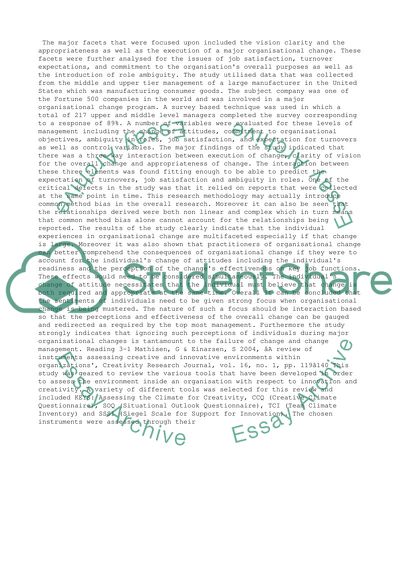Cite this document
(“Innovation and Change: Reflective Journal Essay”, n.d.)
Retrieved de https://studentshare.org/management/1393964-innovation-and-change-reflective-journal
Retrieved de https://studentshare.org/management/1393964-innovation-and-change-reflective-journal
(Innovation and Change: Reflective Journal Essay)
https://studentshare.org/management/1393964-innovation-and-change-reflective-journal.
https://studentshare.org/management/1393964-innovation-and-change-reflective-journal.
“Innovation and Change: Reflective Journal Essay”, n.d. https://studentshare.org/management/1393964-innovation-and-change-reflective-journal.


